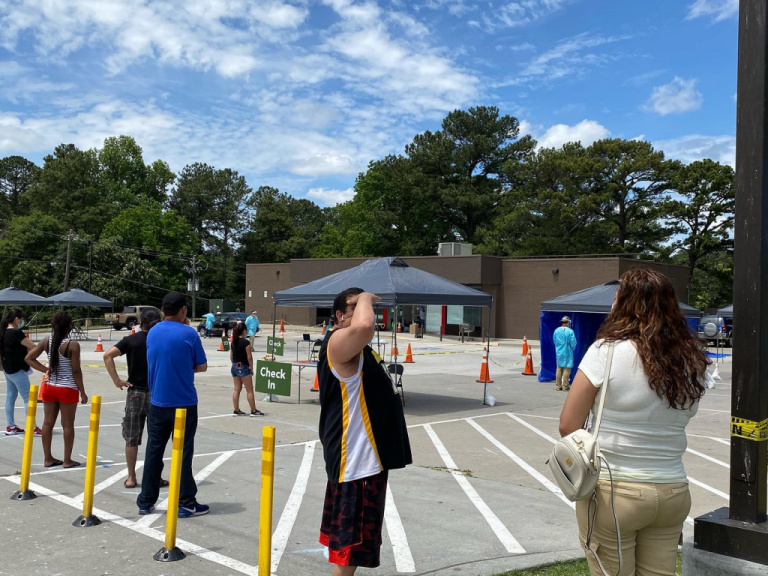
Caption
The Latino Community Fund and CORE Response operate a COVID-19 testing site off Buford Highway in Atlanta. Experts say a successful COVID-19 vaccination distribution plan needs to include paths to ensure the vaccine gets to people who need it most.
Credit: The Latino Community Fund

